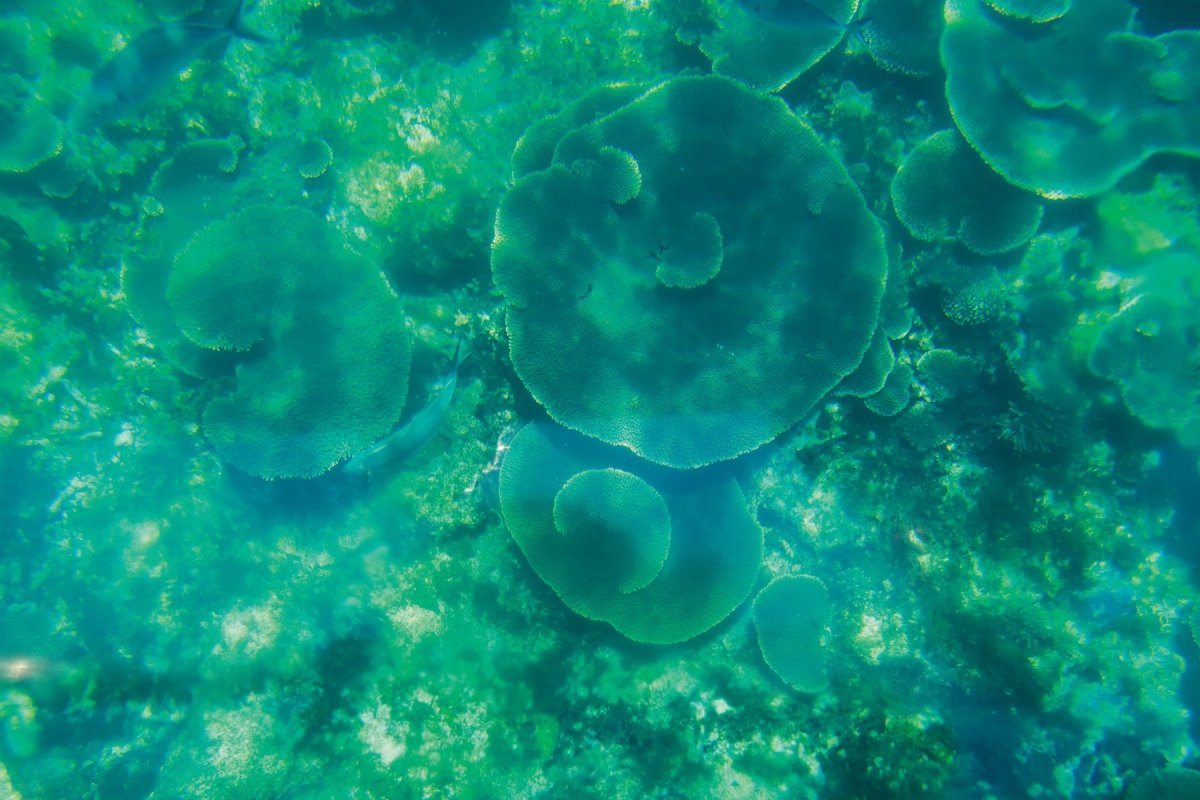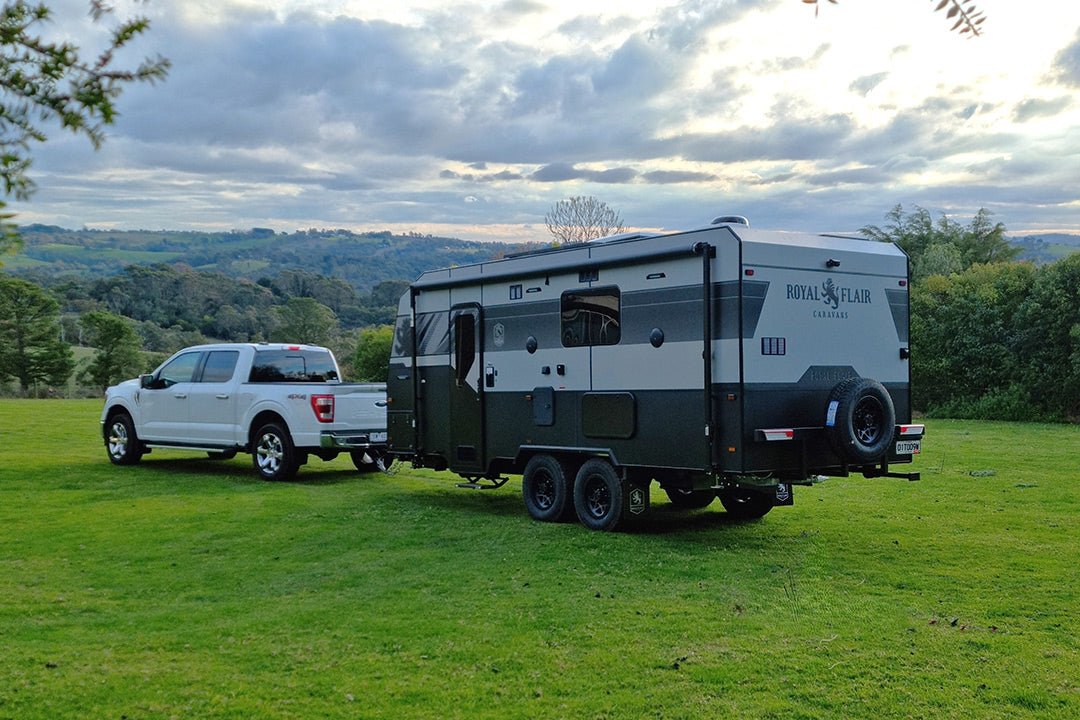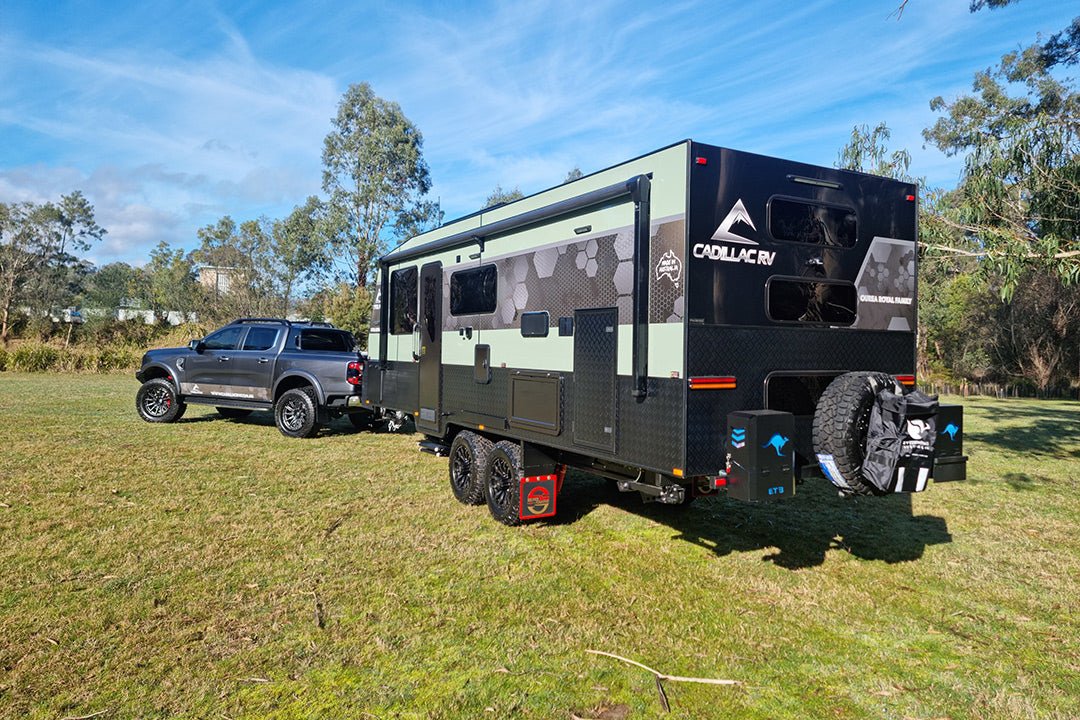Shipwreck Islands

The Abrolhos Islands are made up of 122 islands some 60km offshore from Geraldton, around 420km north of Perth. These days, they are home to an amazing range of attractions and intrigue. In addition to a wide variety of wildlife, the islands are also the base for a rich lobster industry, they have miles of beautiful coral reefs, a thriving pearl industry and contain the hidden story of tragic European occupation dating back almost 400 years.
To showcase all that these fascinating island hideaways have to offer, a splendid five-day cruise out of Geraldton aboard the 35m, 500-tonne luxury ship Eco Abrolhos carries passengers on what some have described as a ‘once-in-a-lifetime experience’. Regular trips are operated during autumn and spring each year.
SIT BACK AND RELAX
Carrying a maximum of 32 passengers, and all in ensuite cabin accommodation, the Eco Abrolhos cruises over five delightful days (mostly in protected waters) through the Abrolhos’s three main island groups – the Southern, Easter and Wallabi Groups – spread over 100km in a north-south configuration off the WA coast.
Owned and operated by long-term locals Jay and Sonia Cox and skippered by their son Bronson with a crew of eight, this family-run cruise opens the door to the interest and beauty of these islands and offers a first-hand insight into life out here over the past 30 or 40 years. Jay, his family and several of the crew have actually lived and worked in the lobster/cray fishing community in the area for a good part of their lives. Skipper Bronson Cox went to school in one of the island’s several schools, played sport in local island teams and grew up clearly enjoying nature and life in a way that city kids couldn’t even dream of.
Each day during the cruise, passengers are taken ashore in purpose-built tenders for guided island exploration walks, checking out the many large seabird colonies, making friends with the local sea lions both on the beach and at times swimming with them in the clear aqua blue island waters that have to be seen to be believed.
Other island activities include spotting the numerous small local wallabies, frillneck lizards, eating fresh oysters off the rocks, hand feeding a huge local groper and, best of all, snorkelling and glass-bottom boat trips over beautiful corals (the southernmost corals on the WA coast) which surround these islands on all sides.
ISLAND LIFE
Whilst most of these islands have never seen human habitation, quite a number of them are like small villages with paths linking fishermen’s shacks/homes (some more elaborate than others) with community facilities such as social clubs, recreation rooms, tennis and basketball courts, meeting rooms and first-aid centres. It is similar to what you would find in many small mainland towns and villages — except that here each residence comes with water views and its own boat jetty or one that is sometimes shared with a neighbour.
Not so long ago, many of the island villages were active, bustling communities during the limited annual cray fishing season, but with recent changes allowing cray fishing all year round and new quota systems in force, it seems most fishos these days base themselves on the mainland and only come out here for short periods to fill their quotas coinciding with the peak lobster prices in their overseas, mostly Asian, markets.
As we wandered through several of these island communities (obviously during a period of lower lobster prices), most of the shacks were unoccupied (but still kept neat and quite tidy) giving a feeling of small ghost towns with very few locals in sight.
One local we did catch up with, however, was an island character Jane Liddon, who operates an active pearl farm here on the Abrolhos with pearls and jewellery (including her renowned ‘black pearls’) sold throughout the world. Our tour of her operation gave a fascinating insight into the intricate procedures of seeding, growing, harvesting and marketing her pearl and jewellery products from her quite unique and isolated island base.
A PEARLER TOUR
Back on board the ship there is clearly a feeling of homely luxury. There is a fully stocked bar open all day and into the night where drinks at reasonable prices are put on your ‘tab’ (account) together with any souvenir or other gift shop purchases, for settlement at the end of your cruise.
There is a comfortable inside lounge, outside deck seating and a lovely shaded top deck lounge and socialising area – a great spot for a few drinks watching the beautiful Abrolhos sunsets each afternoon.
Free tea, coffee and biscuits are available at any time and each day the chef comes up with little surprises (such as lovely warm muffins, banana cake, chocolate slices, scones, pastries, etc) at morning or afternoon tea time.
All meals, including a cooked breakfast, cereals, fruit and croissants are an offer and the first-class lunches and dinners to die for. With the chef showing off his culinary skills, these are indeed high restaurant standard meals (usually three-course affairs) which often include freshly-caught crayfish, pink snapper, spangled emperor and calamari as well as the skipper’s speciality, a beautiful seafood chowder — just scrumptious!
Each evening after dinner the skipper conducts an informative briefing session, talking about the day’s adventure and importantly going over the activities planned for the next day. The program is then set out on a white board and confirmed over the ship’s intercom at the start of each activity.
This is not a fishing adventure, but on most days passengers can fish off the back or side decks of the ship (rods, bait and lures supplied), mostly when the ship is at anchor (or in dinghies if time and weather allows) and when you’re not in a sanctuary zone. Passengers were also able to set cray pots late each day and getting up early to pull them up before breakfast.
If all of this is sounding pretty energetic, well it can be, but bear in mind that on this whole cruise you can be as active or lazy as you like.
TRAGIC BATAVIA STORY
On day four we found ourselves in the Wallabi Island group to engulf ourselves in the tragic story of the Dutch ship Batavia, wrecked here in 1629, and the gruesome, murderous scenes that followed.
In 1628 the pride of the Dutch East Indies sailing fleet, the Batavia, launched in the Netherlands. This beautiful three-masted 600-tonne vessel was clearly the finest ship ever built and with a huge supply of goods, silver, jewellery, plenty of liquor and a total of 316 passengers, crew and soldiers, set sail on 28 October with six other ships for a nine-month voyage to the Dutch East Indies (now Indonesia) where the Dutch had established a lucrative trade.
With the fleet under the command of Francisco Pelsaert (aboard Batavia), stormy seas were encountered off the coast of Africa. Batavia, lost touch with the other ships continued to sail the chosen course in favourable winds, eastwards across the Indian Ocean (towards the only partly charted Australian coastline) before turning north to Java.
As the voyage continued, personal, long-term grievances amongst senior members of the crew led the ship’s Master, Adrian Jacobsz, and senior crewman Jeronimus Cornelisz to plan a mutiny. The plan was to throw Pelsaert overboard and, with the ship’s 30 on-board canons and other high powered guns, to proceed to pirate other richly laden ships headed to the East Indies.
But the night watch on duty at 4am on 4 June 1629 spotted white surf but mistook it for moonlight reflecting on the waves. They had, in a tragic error in navigation, reached some outer islands off the WA coastline and slammed into Mornington Reef in the Abrolhos Islands, still 1500 miles from Java and 10,000 miles from Holland.
Fruitless attempts were made to refloat the ship, and Batavia soon started to break up and flood. Frantic efforts then began to unload passengers and supplies. Some passengers died but worse was to come after they found the islands had no natural water and little food and water was saved.
Pelsaert decided he, Master Jacobsz and other officers would set out in one of the ship’s life rafts, rigged with a small sail, to reach Java for help.
In the weeks that followed, the castaways survived as best they could, living mostly on birds, wallabies, fish and water collected during rainfalls. Senior officer Jeronimus Cornelisz arranged for the soldiers to go to High Island to search for water. His plan however, was to strand them there to die of thirst. At camp he began his reign of terror, ordering those loyal to him to kill the sick, the weak, undesired women and children and for two months committed unspeakable acts.
When Pelsaert eventually arrived back at the Abrolhos in the rescue ship Sardam, he was warned by the soldiers on High Island (who had found water and survived quite well) of events and was able to capture the mutineers, give them a ‘trial’ and summarily hang several. Some lesser offenders were cast ashore on the mainland near present day Kalbarri and were never heard of again. The remaining mutineers were eventually executed on arrival in Java.
In the end there were only 116 survivors and for more than 300 years the ‘Ghosts of Batavia’, then rested undisturbed on the remote Abrolhos. The final chapter, however, was played out in 1963 when the historic wreck was found and a painstaking operation (lasting several years) commenced to recover and preserve what little was left of the ship.
Today, an excellent Batavia display, including the attractive stone portico, has been set up in the WA Museum on the waterfront in Geraldton.
Back on the Eco Abrolhos cruise, passengers were shown a movie on the Batavia story and we explored several of the notorious mutiny sites and places where most of the murders took place and where many bodies in shallow graves have recently been recovered.
A FINAL FLING
Our final day on board provided more snorkelling, coral viewing opportunities and further island exploration were on offer and if sea conditions had allowed, we could have snorkelled over the Batavia wreck site but unfortunately the swells prevailing on the day were too dangerous to undertake this option – our only disappointment on the whole trip.
On board after dinner on the final night, the skipper conducted an Abrolhos Quiz Night totally based on things we had seen and what we had learnt during the cruise. This was indeed a fun event, thoroughly enjoyed by the great bunch of passengers who had shared with us this one-in-a-lifetime five-day cruise experience.
Back in Geraldton, after our final goodbyes, it was simply a matter of picking up our vehicles from a secure lock-up area or being dropped off at various accommodation locations, leaving behind some new found friends and great cruise memories.







